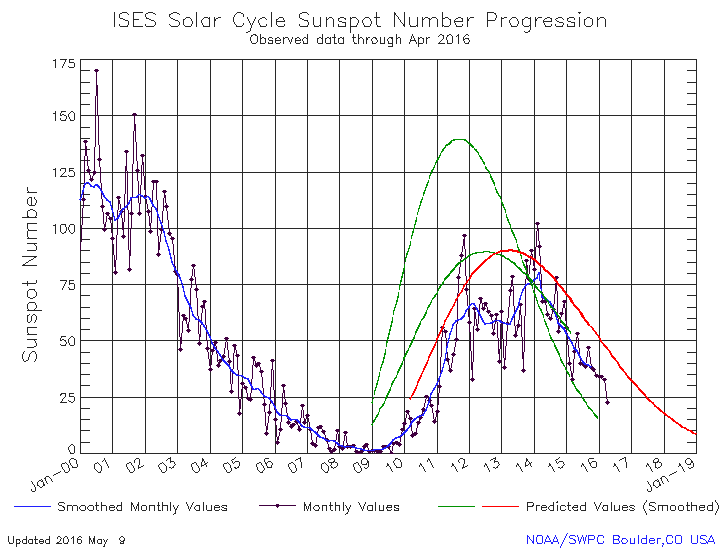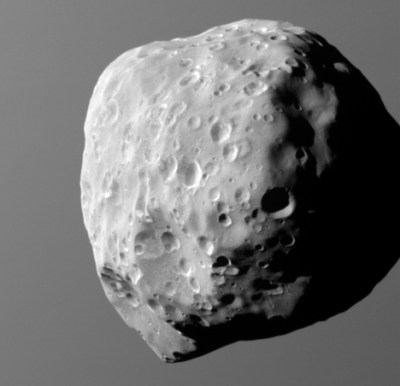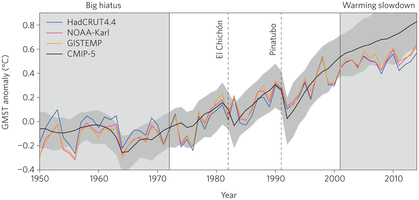More problems at Khrunichev
Construction of the second Angara rocket, built by the Russian organization Khrunichev, is behind schedule by at least three months.
[T]he reason for the lag is the delay with the supply of components, as well as the production setup in Omsk, the long period of checks and the lack of certain equipment for testing. In Moscow, the units will pass additional testing and the carrier rocket will be assembled, after which the launch vehicle will be transported to the Plesetsk cosmodrome (Arkhangelsk region) for the pre-launch preparation.
It is interesting to note the circuitous route the rocket’s parts must travel before launch. Kind of reminds me of the way Congress distributed SLS, and how ESA distributed Ariane 5, in order to spread the wealth and put pork in as many places as possible, regardless of how it increased production cost.
Meanwhile, the delay suggests again that Khrunichev’s quality control problems, seen repeatedly with launch failures of its Proton rocket, have not been solved with the new Angara rocket.
Construction of the second Angara rocket, built by the Russian organization Khrunichev, is behind schedule by at least three months.
[T]he reason for the lag is the delay with the supply of components, as well as the production setup in Omsk, the long period of checks and the lack of certain equipment for testing. In Moscow, the units will pass additional testing and the carrier rocket will be assembled, after which the launch vehicle will be transported to the Plesetsk cosmodrome (Arkhangelsk region) for the pre-launch preparation.
It is interesting to note the circuitous route the rocket’s parts must travel before launch. Kind of reminds me of the way Congress distributed SLS, and how ESA distributed Ariane 5, in order to spread the wealth and put pork in as many places as possible, regardless of how it increased production cost.
Meanwhile, the delay suggests again that Khrunichev’s quality control problems, seen repeatedly with launch failures of its Proton rocket, have not been solved with the new Angara rocket.



